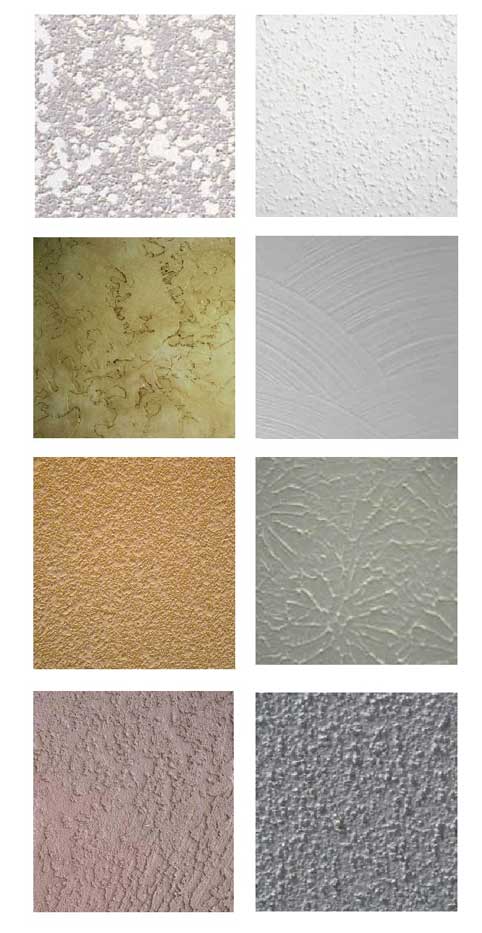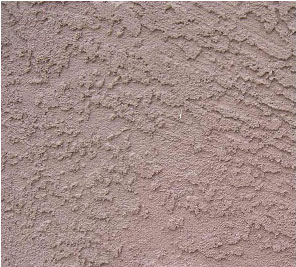Drywall ceiling textures are used for both practical and decorative purposes. On the practical side, they are often used to conceal ceiling repairs or ceiling issues where joints are not perfectly matched or level. They may be used to conceal sagging or other imperfections. But the most common application of ceiling textures is purely for the decorative aspect.
Most drywall contractors will tell you there are two ways to apply ceiling textures. One method is to apply the texture by hand. The other method is to apply the texture with a mechanical device, typically a spray device.
 Hand applied ceiling textures on drywall are virtually unlimited. If it can be envisioned or imagined, it can probably be created and applied. Some of the hand textures are applied with a trowel or knife, others may be applied with a roller and others may be applied with a simple device then enhanced with any type of tool imagined. In fact, there are special tools made to create different styles of texture such as brushes for swirls, stampings, or a bushed or striated look. The quality of the textures which are created by hand have a lot to do with skill level of your drywall contractor and the training and experience of his drywall installers.
Hand applied ceiling textures on drywall are virtually unlimited. If it can be envisioned or imagined, it can probably be created and applied. Some of the hand textures are applied with a trowel or knife, others may be applied with a roller and others may be applied with a simple device then enhanced with any type of tool imagined. In fact, there are special tools made to create different styles of texture such as brushes for swirls, stampings, or a bushed or striated look. The quality of the textures which are created by hand have a lot to do with skill level of your drywall contractor and the training and experience of his drywall installers.
Sprayed-on drywall textures are often done with special devices. There are several different machines on the market today. Most of them have a hopper for the texture, which is either sprayed right from the hopper onto the ceiling with some air from the hand held model, or pumped through a long hose to a texturing gun. Larger set-ups may have gas or diesel powered pumps and air compressors, but most run on your normal power outlet. Larger machines are used when consistency and quality is important. Your local drywall contractor typically owns these devices and can advise you as to textures which can be done.
Using the correct material for textures is important. For example, SHEETROCK Brand Wall and Ceiling Textures are sold by UGS Company, a large maker of drywall and drywall suppliers. They make a variety of formulations for both ceiling and wall texture finishing. These texture materials are important. They are made to ensure lower shrink rates than the materials used to for taping and mudding drywall joints. The result will be less cracking of the drywall ceiling texture being applied. These materials for texturing are designed to be quickly and easily applied. They dry hard with a white finish and generally allow for next-day painting.
It is important to discuss when and where to use drywall textures with your drywall professional. They typically will be able to provide ideas and samples of textures they can provide.

